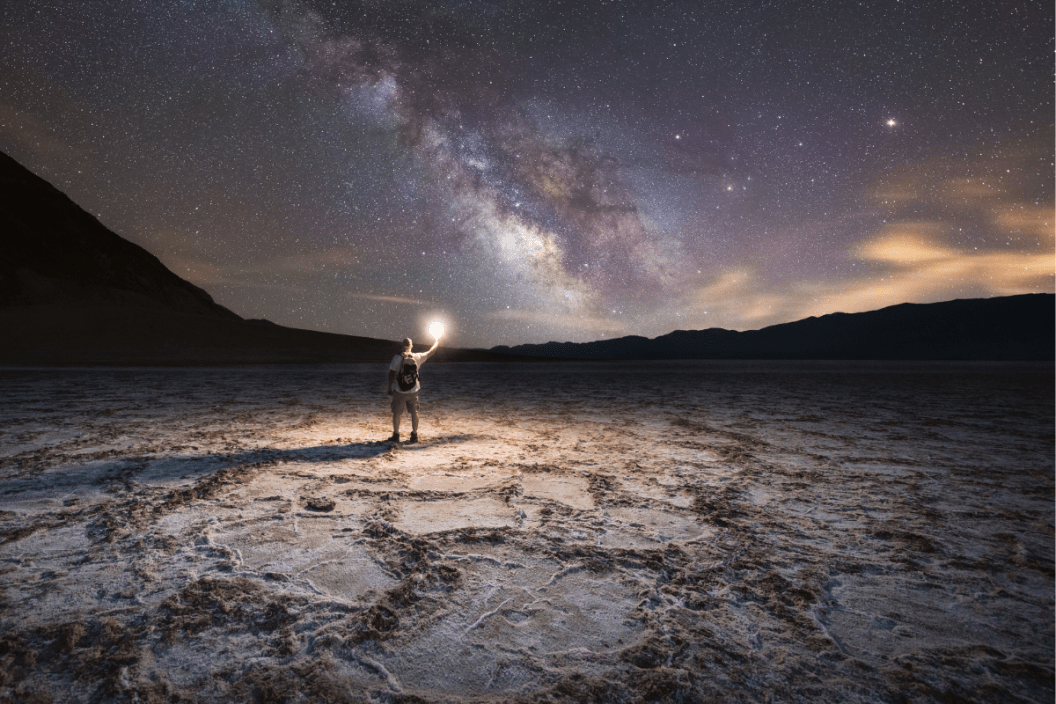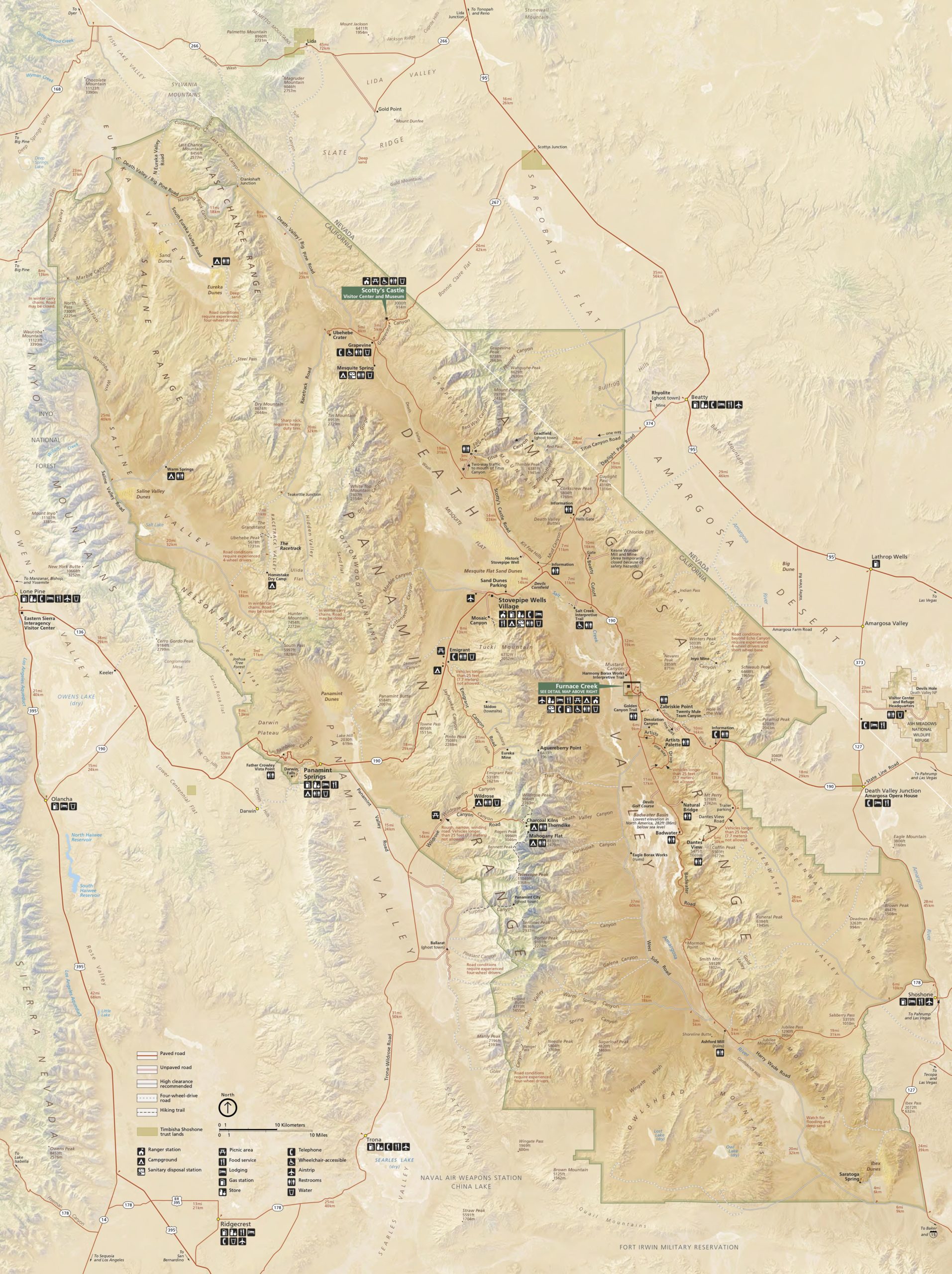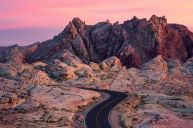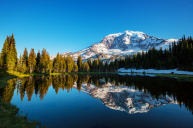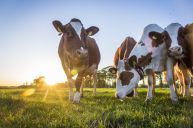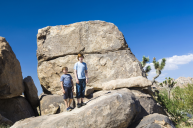Located on the border of California and Nevada, Death Valley is the largest national park in the continental United States. Once a region full of lucrative mining operations, it was officially taken over by the National Park Service in 1994. Full of features like salt flats, sand dunes, and Joshua trees, this American icon belongs at the top of every desert fan's bucket list.
Death Valley National Park Map
To plan your perfect trip, be sure to look over this Death Valley National Park map before heading out. Also, please note that you'll need to purchase a pass from the National Park Service if you aren't just driving through the area on the way to Las Vegas. You can buy these at the Furnace Creek Visitor Center and some other spots throughout the park.
Peak Outdoor Experiences
https://www.instagram.com/p/CLFHRCwl5CZ/
Unlike its neighbor, the Mojave National Preserve, Death Valley National Park is loaded with breathtaking mountains. Chief among these are the Amargosa Range, which includes popular badland points of interest like Artist's Palette, Golden Canyon, and Zabriskie Point. Of course, towering vistas like Dante's View and Telescope Peak are also worth visiting, even if they are a little more out of the way.
While each one of these sites can be reached by vehicle, hikers will be happy to know that most of the park is open to pedestrian traffic. In fact, if you plan on scaling Telescope Peak, you have to do it on foot. Tons of trailheads are scattered throughout the park and detailed trail maps are available on the National Park Service's website at nps.gov.
Hit an All Time Low
https://www.instagram.com/p/CNu53PzsTFh/
RELATED: Chevy Silverado Driver Shows You How to Off-Road on Sand Dunes
In addition to its many mountain ranges, the park has a lot of low lying locales. The number one destination on most folks' itinerary is Badwater Basin. At 282 feet below sea level, this section of salt flat is the lowest point in all of North America.
Other easy to access areas include sites like Salt Creek, home to a rare form of endangered pupfish. If you're looking for something more historical than natural, consider visiting the Harmony Borax Works or the Keane Wonder Mill & Mine. There are also several ghost towns located in and around the park.
Camping Death Valley National Park
https://www.instagram.com/p/B_KxueDFRkz/
There are a lot of places to overnight in Death Valley National Park, from traditional campgrounds, to swanky hotels. If you want to stay as close as possible to the most popular attractions, the Furnace Creek area is probably your best choice. In addition to fully outfitted tent and RV sites, this section of the park has two modern resorts with their own restaurants.
Meanwhile, if you're looking for something a little less busy, you might consider the Stovepipe Wells area. Just like Furnace Creek, it hosts a range of accommodations. It's also near the Mosaic Canyon trailhead and a short walk from the Mesquite Flats Sand Dunes.
While boondocking and dispersed camping are also an option; we suggest checking with the National Park Service before striking out and staking a claim.
Prepare to Be Parched
https://www.instagram.com/p/CDHQ9roBqLX/
While we don't want to discourage you from visiting Death Valley National Park, it's always better to be prepared.
As busy as the park is, a lot of it is isolated backcountry. As such, make sure to pack everything you need to survive in the desert, just in case. We suggest extra water and reflective emergency blankets, in addition to extra layers of clothing since temperatures drop at night.
Fun Facts
https://www.instagram.com/p/CCUNG_WnHWX/
"Zabriskie Point": There's actually a movie from 1970 that's named after this popular attraction. Its soundtrack features psych-rock artists like Pink Floyd and The Grateful Dead.
Wild Burros: If you're lucky, you might get a glimpse of some wild burros munching wildflowers in more remote areas like Panamint Springs. They were introduced to the region during the gold rush and are considered an invasive species.
Know any Death Valley trivia? Stump us on our Wide Open Roads Facebook!
